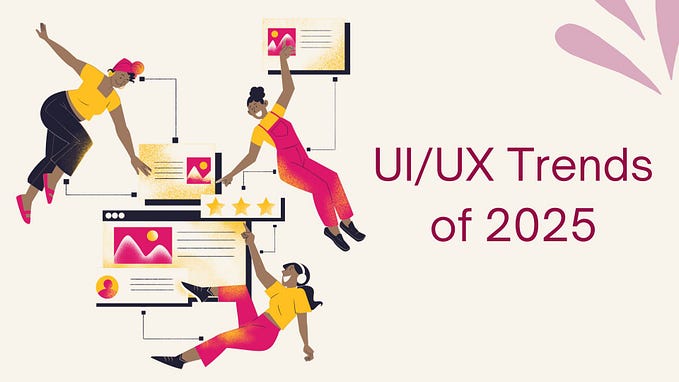The near future where everyone owns a J.A.R.V.I.S.
Future of User Interface Design

J.A.R.V.I.S. was Tony Stark’s Natural-language user interface Artificially Intelligent system. Even though it was fictional, we all will have our own J.A.R.V.I.S soon, in fact Mark Zuckerberg already has his.
There are different types of User Interfaces are available like Command-line UI, Menu-DrivenUI, Graphical UI, and Conversational UI (chatbots and voice assistants). with the rapid growth of AI and other technologies, we can assume that J.A.R.V.I.S. is no longer fictional but a nearby future. We already have virtual assistants like Siri, Alexa, Cortana, Google Assistant, etc with a limited capability.
Different user interface designs in future
Apart from the traditional UI’s, there are some new futuristic UI’s like Brain-Computer Interface, Gesture Recognition Interface, Voice User Interface, Augmented Reality, and Virtual Reality. let’s take a look at these UI’s one by one.
Brain-Computer Interface is a communication tool between a user’s brain and the system. A practical example for the Brain-Computer interface will be Elon Musk’s Neuralink.

Gesture Recognition Interface refers to operating the interface using gestures of hand movements or touches like scrolling, tapping, pinching, tilting, shaking, etc.

A Voice-user interface makes spoken human interaction with computers possible, using speech recognition to understand spoken commands and answer questions.

Augmented Reality enhances the real-world environment and adds perceptual simulated or virtual content through computer-generated input to transform objects around us into an interactive digital experience. Eg: Oculus

Virtual Reality gives a fresh experience by generating a three-dimensional artificial environment that is explored and interacted with by an individual. The virtual environment is presented in a way to make the user feel like it’s a real environment. The recent sensation Metaverse is a great example of a Virtual environment.
Next-generation UI design tools
Some of the next-generation UI design tools are,
01. Integrating Design and Code
The UI tools of the future will combine design and code to provide a more user-friendly experience for designers and developers.
02. Parallel Creation Will Replace Designer/Developer Handoffs
There’s too much back-and-forth between designers and developers, especially during the handoff phase. In some cases, the handoff is so time-consuming and exhausting that the quality of work suffers. With next-generation design tools interfacing with the source code, developers will no longer be solely responsible for building UIs.
03. All System States Will Be Accounted For
All digital products have states that correspond to what they are doing at a given moment, for instance, stalling during loading or displaying an error message. Every state must be considered, but current UI tools leave this task to designers, forcing them to create numerous variants of a single component.
04. Real Data Will Replace Placeholder Content
Just as designers create components for multiple states, they also design for a wide variety of data. UI designers need to be able to test their components with the actual input — the copy, images, dates, names, titles, and more — that will ultimately populate the components in their designs.
05. Edge-case Testing Will Become Easier
When UI tools finally cater to all states and enable real data testing, designers will be able to better anticipate edge cases. Once a component is created, designers will stress test its various states, blasting it with diverse data to see how it performs in different scenarios.
The Impact of the UI is enormous even in the current technology. Think about the impact of future UI’s in our life like it’s day-to-day help with differently-abled persons, saving our time, resources, etc. The introduction of GUI took the computer users to another level in numbers similarly introduction of touch GUI added more people to the smartphone use imagine the future UI’s impact in computer literacy as it gets easier to use the numbers of users and its advantages will grow.








